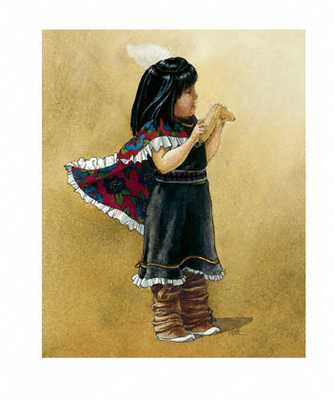|
Debra
Magpie Earling
Debra
Magpie Earling was born in Spokane, Washington, on August 3, 1957. She
grew up in Montana as a part of the Bitterroot Salish Tribe, also known
as Flathead Indians, and she is a member of the Confederated Salish and
Kootenai Tribes of the Flathead Indian Reservation in Polson, Montana.
Growing up, Earling heard stories about her Aunt Louise, the woman who
would later become the focus of her novel Perma Red. Earling dropped out
of school at fifteen. By the time she married at seventeen, she had received
her GED from Spokane Community College. At eighteen, Earling became the
first public defender in the Tribal Justice System on the Flathead Reservation
in Montana. After two years of working in the Tribal Justice System, she
left the state to go to college.
|
|
Tribal
elder keeps Salmon Ceremony going Strong
"Grandma
Aggie" is in her element: a meadow along the Applegate River where
her ancestors once lived, presiding over a rite once common among Western
Oregon Indian tribes.
At
79, Agnes Pilgrim still leads the annual sacred salmon ceremony she helped
revive a decade ago. An honored elder with the Confederated Tribes of
Siletz, she normally uses a motorized wheelchair because of a herniated
disc and an atrophied foot. But she is so energized by this event and
this place that she gets around here with only a cane.
|


![]()

![]()
![]()



